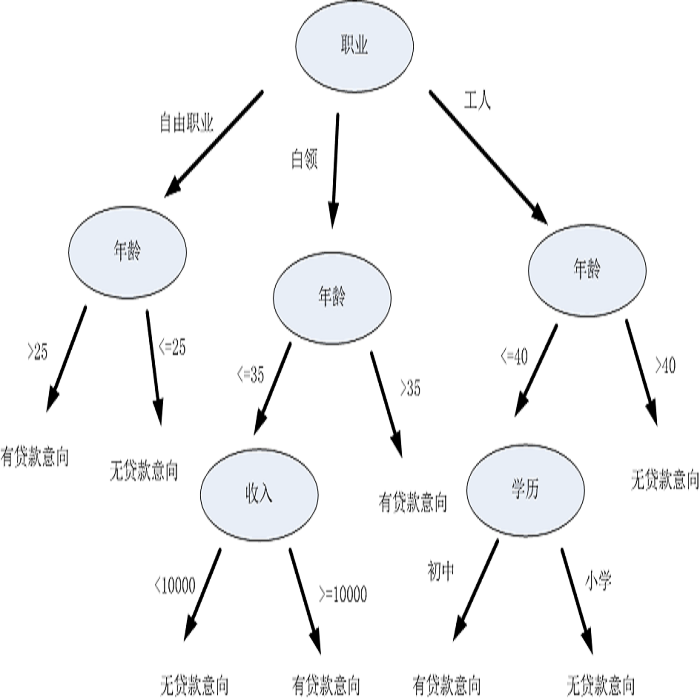The causal inference literature has increasingly recognized that explicitly targeting treatment effect heterogeneity can lead to improved scientific understanding and policy recommendations. Towards the same ends, studying the causal pathway connecting the treatment to the outcome can be also useful. This paper addresses these problems in the context of \emph{causal mediation analysis}. We introduce a varying coefficient model based on Bayesian additive regression trees to identify and regularize heterogeneous causal mediation effects; analogously with linear structural equation models, these effects correspond to covariate-dependent products of coefficients. We show that, even on large datasets with few covariates, LSEMs can produce highly unstable estimates of the conditional average direct and indirect effects, while our \emph{Bayesian causal mediation forests} model produces estimates that are stable. We find that our approach is conservative, with effect estimates ``shrunk towards homogeneity.'' We examine the salient properties of our method using both data from the Medical Expenditure Panel Survey and empirically-grounded simulated data. Finally, we show how our model can be combined with posterior summarization strategies to identify interesting subgroups and interpret the model fit.
翻译:因果关系推论文献日益认识到,明确针对治疗效果的异质性能够改善科学理解和政策建议。为了同样的目的,研究将治疗与结果联系起来的因果路径也是有益的。本文件在\ emph{causal 调解分析中讨论这些问题。我们采用了一种基于巴伊西亚增量回归树的不同系数模型,以辨别和规范各种因果调解效应;与线性结构方程模型类似,这些效应相当于依赖系数的共变产值产品。我们显示,即使使用少量共变数的大型数据集,LSEMs也可以对有条件的平均直接和间接影响产生高度不稳定的估计,而我们的\emph{Bayesian因果调解森林模式则产生稳定的估计。我们发现,我们的方法是保守的,其结果是“偏差”到同质性。'我们使用医疗支出小组调查的数据和根据经验得出的模拟数据来审视我们方法的显著特性。最后,我们展示了我们的模型如何与事后总结和解释战略相结合,以确定有趣的分组和解释。</s>



